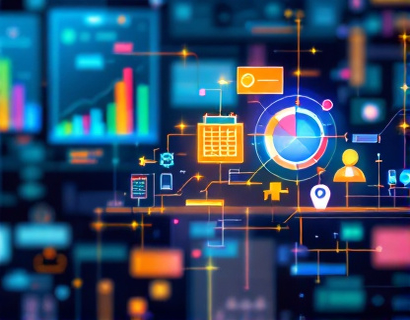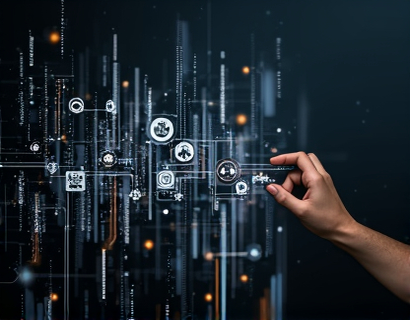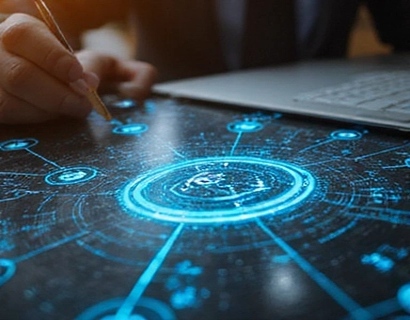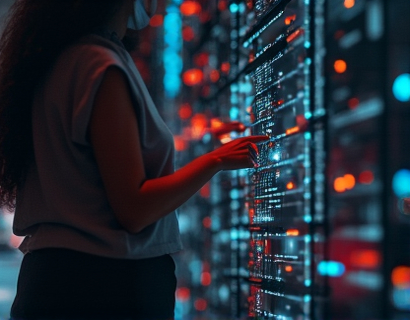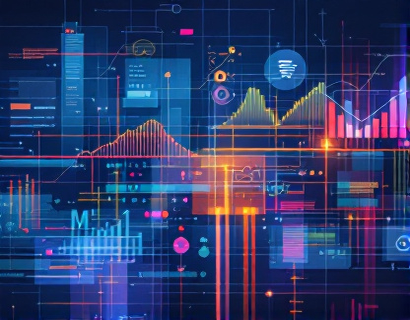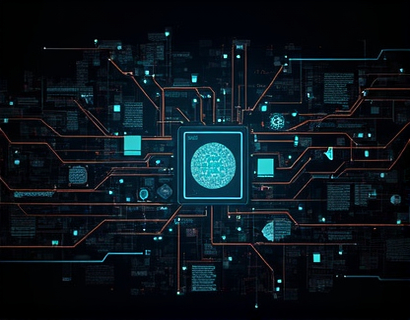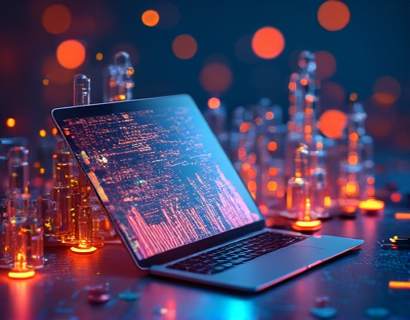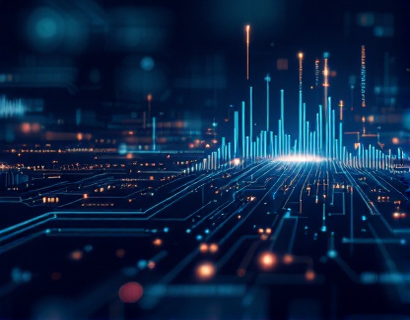Advanced Cybersecurity Strategies for High-Net-Worth Individuals, Celebrities, and Cryptocurrency Professionals
In the realm of digital assets and high-stakes financial transactions, cybersecurity is not just a recommendation but a necessity. For high-net-worth individuals (HNWIs), celebrities, and entrepreneurs, especially those involved in the cryptocurrency sector, the risks are magnified. This article delves into the advanced digital defense strategies and operational security measures tailored to protect the digital assets and personal data of these vulnerable yet valuable targets from sophisticated cyber threats.
Understanding the Threat Landscape
The cybersecurity landscape for HNWIs, celebrities, and cryptocurrency professionals is uniquely challenging. These individuals often possess a high profile, substantial wealth, and valuable digital assets, making them prime targets for cybercriminals. The threat actors are sophisticated, employing advanced techniques such as phishing, ransomware, malware, and even social engineering to breach security measures. Understanding this landscape is crucial for developing effective defense strategies.
Tailored Cybersecurity Solutions
Given the unique risks faced by HNWIs, celebrities, and cryptocurrency professionals, cybersecurity solutions must be tailored to their specific needs. This involves a multi-layered approach that combines cutting-edge technology, expert human oversight, and continuous monitoring. The goal is to create a robust security framework that not only protects against known threats but also anticipates and mitigates emerging risks.
Advanced Authentication Mechanisms
One of the first lines of defense is implementing advanced authentication mechanisms. Traditional passwords are increasingly inadequate against modern cyber threats. Multi-factor authentication (MFA) is essential, combining something the user knows (a password), something they have (a physical token or mobile device), and something they are (biometric verification). For high-stakes environments, zero-trust authentication models can be employed, requiring continuous verification and validation of user identities.
Encryption and Data Protection
Encryption is a fundamental component of cybersecurity. All sensitive data, both at rest and in transit, should be encrypted using strong, industry-standard algorithms. This ensures that even if data is intercepted or accessed unauthorized, it remains unreadable and useless to attackers. Additionally, implementing end-to-end encryption for communications and using secure file transfer protocols can further enhance data protection.
Network Security Measures
Robust network security is critical for protecting against external threats. This includes deploying firewalls, intrusion detection and prevention systems (IDPS), and virtual private networks (VPNs). Network segmentation can also be effective, isolating sensitive systems and data from less secure parts of the network. Regular network audits and vulnerability assessments help identify and remediate potential weaknesses.
Endpoint Security
Endpoints, such as computers, smartphones, and tablets, are often the entry points for cyber attacks. Implementing advanced endpoint protection solutions that include antivirus, anti-malware, and behavior-based detection can significantly reduce the risk of breaches. Regular software updates and patch management are also crucial to ensure that known vulnerabilities are addressed promptly.
Cryptocurrency-Specific Security Measures
For those involved in the cryptocurrency sector, additional security measures are necessary. Hardware wallets provide a secure way to store private keys offline, reducing the risk of digital theft. Cold storage solutions, such as paper wallets or secure vaults, offer an additional layer of protection. Regularly monitoring blockchain transactions and using blockchain analytics tools can help detect and prevent unauthorized activities.
Operational Security and Employee Training
Operational security extends beyond technical measures to include human factors. Employees and staff must be trained to recognize and respond to potential security threats. This includes phishing awareness programs, secure handling of sensitive information, and strict access control policies. Conducting regular security drills and simulations can help reinforce best practices and prepare for real-world scenarios.
Incident Response and Recovery
Despite the best preventive measures, incidents can still occur. Having a well-defined incident response plan is essential. This plan should outline the steps to be taken in the event of a security breach, including containment, eradication, recovery, and post-incident analysis. Regularly testing and updating the incident response plan ensures that the organization is prepared to handle any situation effectively.
Continuous Monitoring and Threat Intelligence
Continuous monitoring of networks, systems, and applications is vital for early detection of suspicious activities. Implementing security information and event management (SIEM) systems can help aggregate and analyze security data in real-time. Integrating threat intelligence feeds provides insights into emerging threats and attack patterns, enabling proactive defense strategies.
Privacy Protection
Protecting personal data and privacy is equally important. This involves adhering to data protection regulations such as GDPR and implementing privacy-enhancing technologies. Anonymization and pseudonymization techniques can be used to minimize the exposure of personal information. Regular privacy audits ensure compliance and identify areas for improvement.
Partnerships and Collaboration
No organization is an island when it comes to cybersecurity. Collaborating with industry peers, joining cybersecurity consortia, and participating in information-sharing initiatives can enhance collective security. Sharing threat intelligence and best practices with trusted partners can provide valuable insights and help stay ahead of emerging threats.
Conclusion
For HNWIs, celebrities, and cryptocurrency professionals, cybersecurity is not just a technical challenge but a critical component of risk management. By adopting advanced digital defense strategies and operational security measures, these individuals can significantly reduce the risk of cyber threats and protect their valuable assets. Continuous vigilance, expert oversight, and a proactive approach are key to maintaining a secure digital environment.






